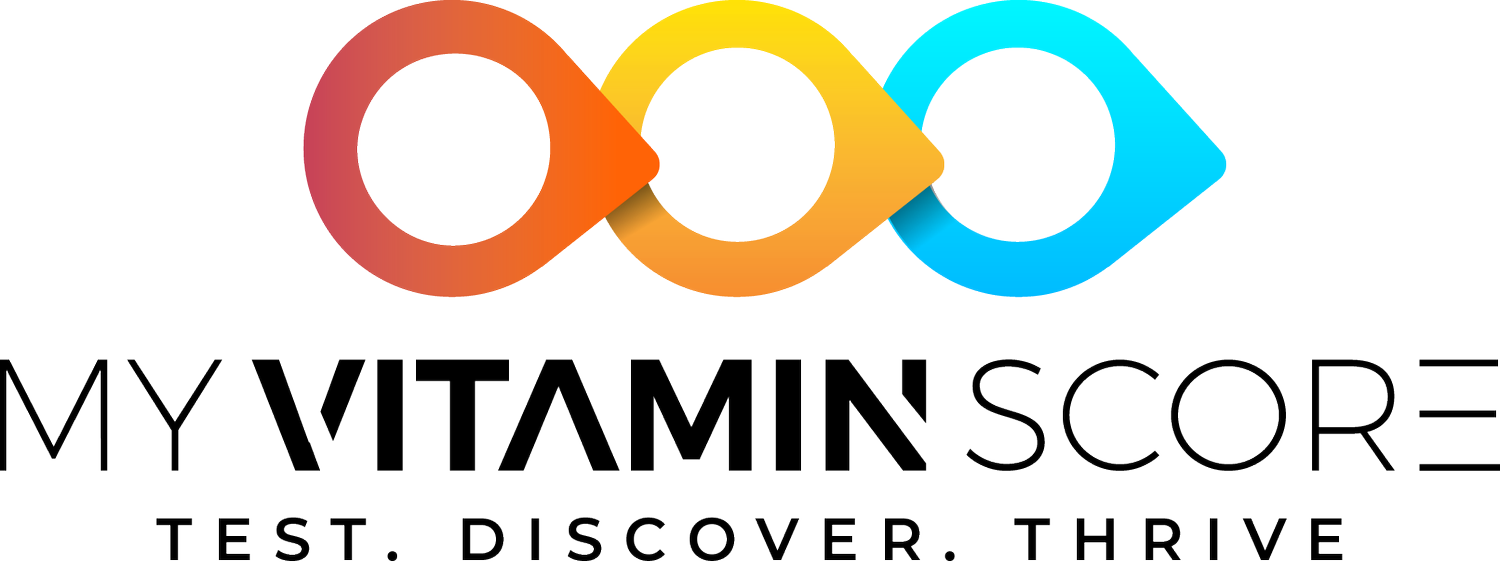Make it stand out
It all begins with an idea. Maybe you want to launch a business. Maybe you want to turn a hobby into something more. Or maybe you have a creative project to share with the world. Whatever it is, the way you tell your story online can make all the difference.
The limitations of blood vitamin testing…
…and YES, there are a lot.
-
Measuring your blood vitamin levels can yield several false positives and provide misleading insights. Numerous factors, including external influences and the accuracy of the testing method, can significantly impact the vitamin levels detected in your blood.
A. Under stress (and who isn’t), Vitamin B6 binds with zinc, rendering them unavailable to tissues while still present in the blood. Even if your blood levels appear normal, these nutrients will not reach the tissues, especially during times of stress.
B. Vitamin B12 deficiency can result in falsely elevated levels of folate in the blood.
C. Blood B12 levels can be normal, while B12 levels in cerebrospinal fluid and other tissues will be low.
D. Calcium and Magnesium levels may be low in tissues despite appearing normal in blood tests.
E. Inflammation compromises the accuracy and reliability of blood tests.
F. Advanced age diminishes the accuracy of nutrient blood tests.
G. The presence of a disease state undermines the reliability of blood tests for nutrients.
H. Serum lipids, cholesterol, and VLDL affect serum vitamin E levels, making Vitamin E deficiency hard to measure in blood.
I. Serum vitamin A levels are not a sensitive indicator of actual Vitamin A stores.
-
Just like the title says, vitamins simply use the blood to get where they need to go, but vitamins and minerals support all tissues and organs, and are not concentrated in the blood but only use it as a means to get where they need to go.
As just one example, your brain needs Vitamin B12, so you want to know that it made it to your brain, not that it is “possibly” on the way to your brain at some point. The medical system falsely assumes that what’s in your blood represents what is in your tissues and organs - this simply is not true. There are many factors that determine whether a nutrient is able to pass the blood brain barrier and so again, delivery is not guaranteed when something is in the blood.
Vitamin C is heavily concentrated in the tissues and organs with high metabolic activity, such as the adrenals, pituitary, brain and eyes. Any increase in stress levels causes a drop in Vitamin C levels in all of these tissues. How will blood levels ever tell you if these Vitamin C tissue levels are adequate? They simply won’t, we need to know if tissue levels are adequate NOT blood levels.
-
Without the testing of all nutrients, you will never truly know if your body is utilizing vitamins and minerals properly - regardless of what is in your blood.
Laboratory tests only measure a fraction of the essential nutrients.
Most of these tests will give you values for:
Iron
Vitamin D
Folate
Vitamin B12
That's it. Pause for a moment to process this; you’re expected to understand your nutrient needs based on a sliver of information - a measly 4 out of 34, or 12% of your essential nutrients. It's like deciding to scan 12% of your computer for viruses and feeling secure about it. What's the point of that? And why would you want to pay for that? Would you get on a plane if they only decided to inspect 12% of its parts for safety? It is completely irrational to base anything off of a small fraction of information.
-
When blood levels of certain vitamins drop, hormones initiate the release of these vitamins and minerals from your tissues in order to maintain homeostasis of blood nutrient levels.
In the face of plummeting blood-calcium levels, our bodies initiate a survival mode, extracting this precious mineral from our bones, willingly sacrificing bone levels to stabilize the blood. It's a testament to the intricate resourcefulness of our physiology—our bones transforming into a resilient mineral reserve, ensuring the vital balance required for survival. Yet, this very mechanism casts a shadow of doubt upon the reliability of blood tests as a gauge of true nutrient status. It is completely possible that you have “normal” blood levels of calcium, while also developing osteoporosis as the calcium is leached from your bones. This can, and does happen regularly.
-
Subclinical signs and symptoms are allowed to persist within the so-called "normal" ranges. This approach disregards the body's warning signals and creates the illusion that these discomforts and irritations are simply a part of everyday life, implying you should disregard them.
-
From booking the appointment, to drawing blood and waiting for diagnostics it can take 2 - 3 weeks before you are able to view results.
Can you understand the results?
Have you ever actually come across blood nutrient values? They often appear in a format similar to the example here. If you haven't encountered them before, it indicates that you don’t rely on this method to measure your vitamin levels anyhow. And if you have seen them, you know firsthand how incredibly challenging they are to interpret.
You encounter one vitamin measured in mcg/dL, another in ng/mL, a third in mg/mL, and a fourth in pg/mL. With four different scales for six nutrients, it becomes quite challenging for the average person to follow and comprehend. It almost seems intentional, as if they want you to be confused and dependent on a doctor to decipher the report for you. Does any part of that report appear straightforward or easily understandable to you? Why can't it be simplified for better comprehension?
Click to enlarge
